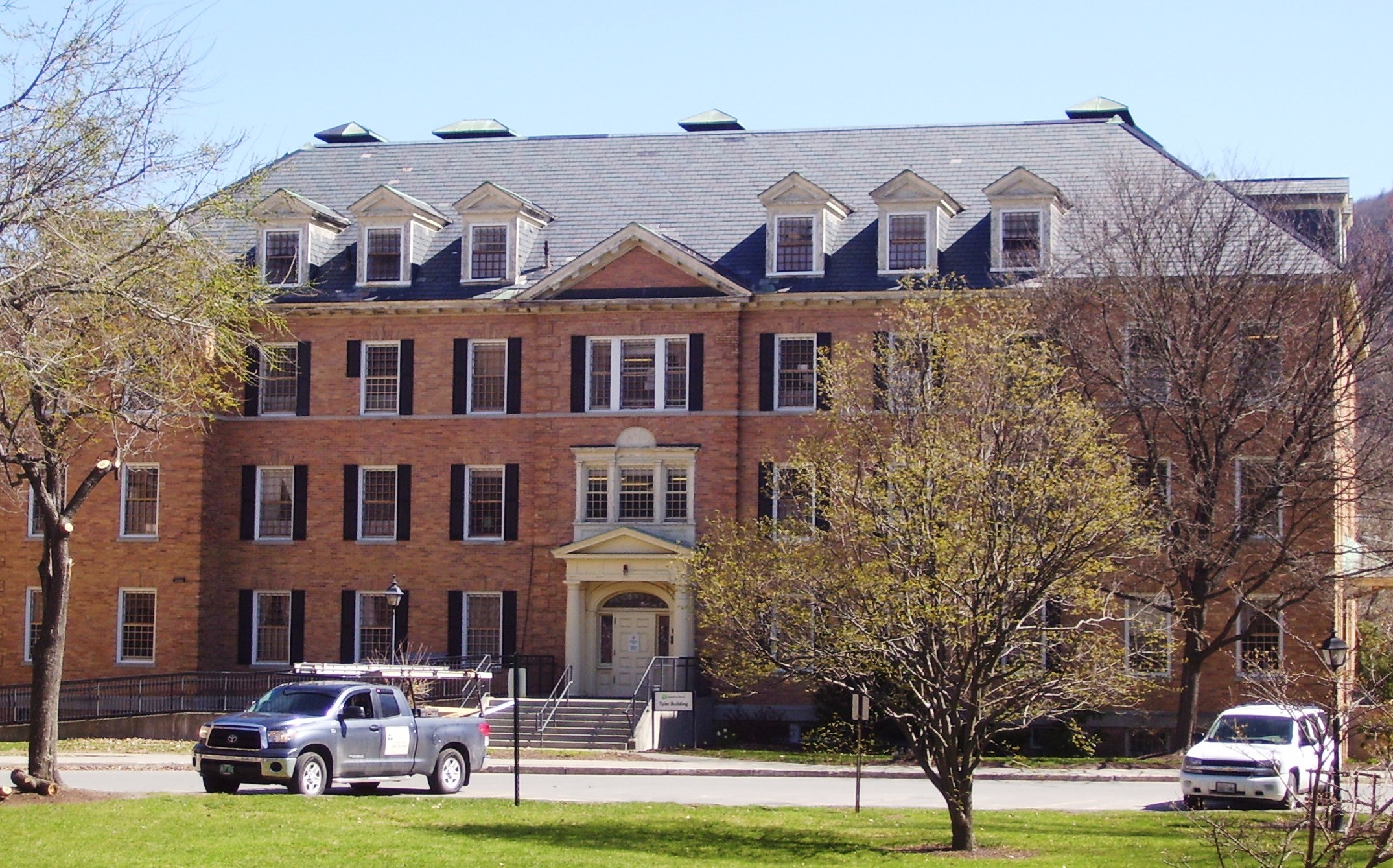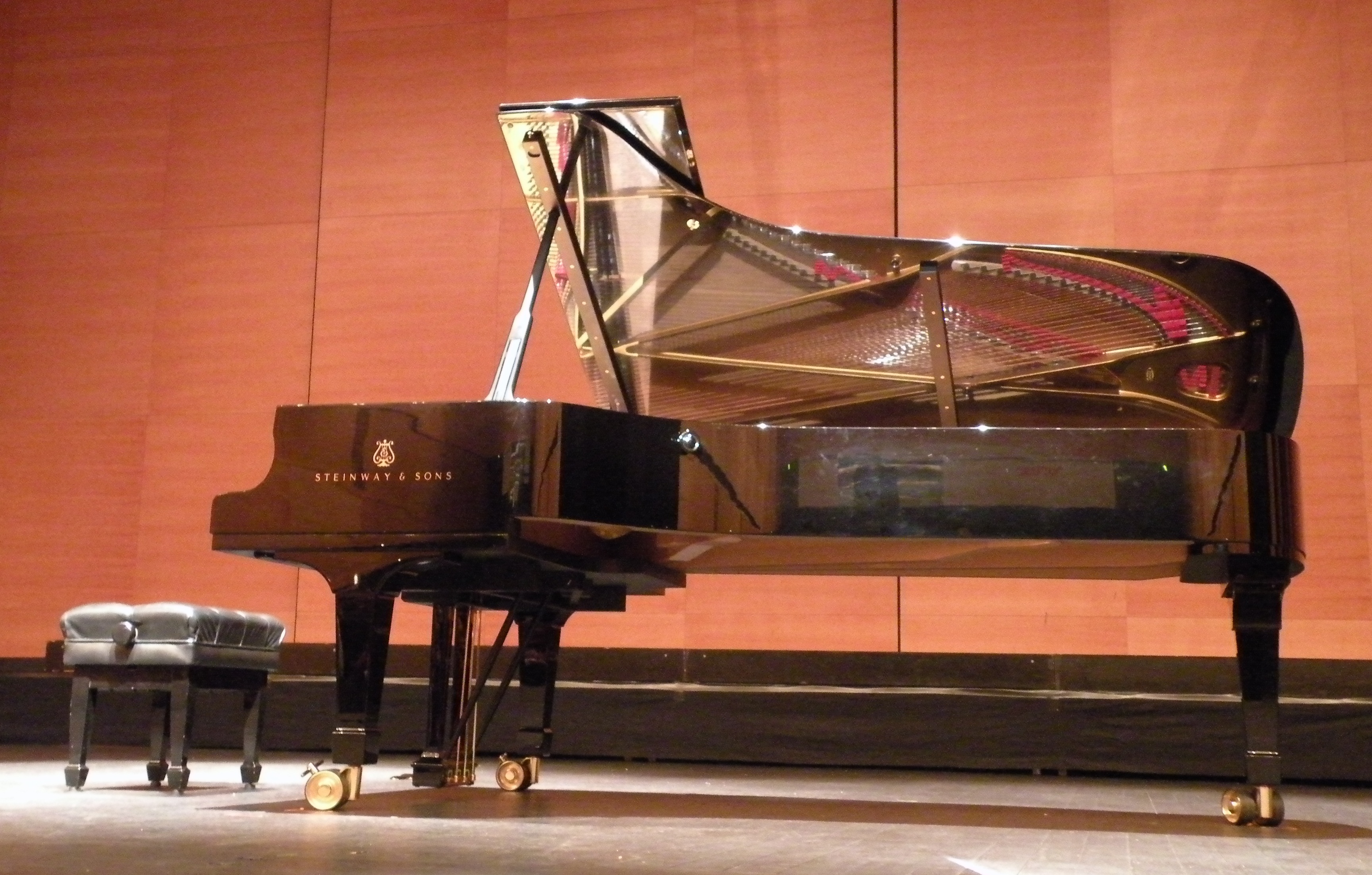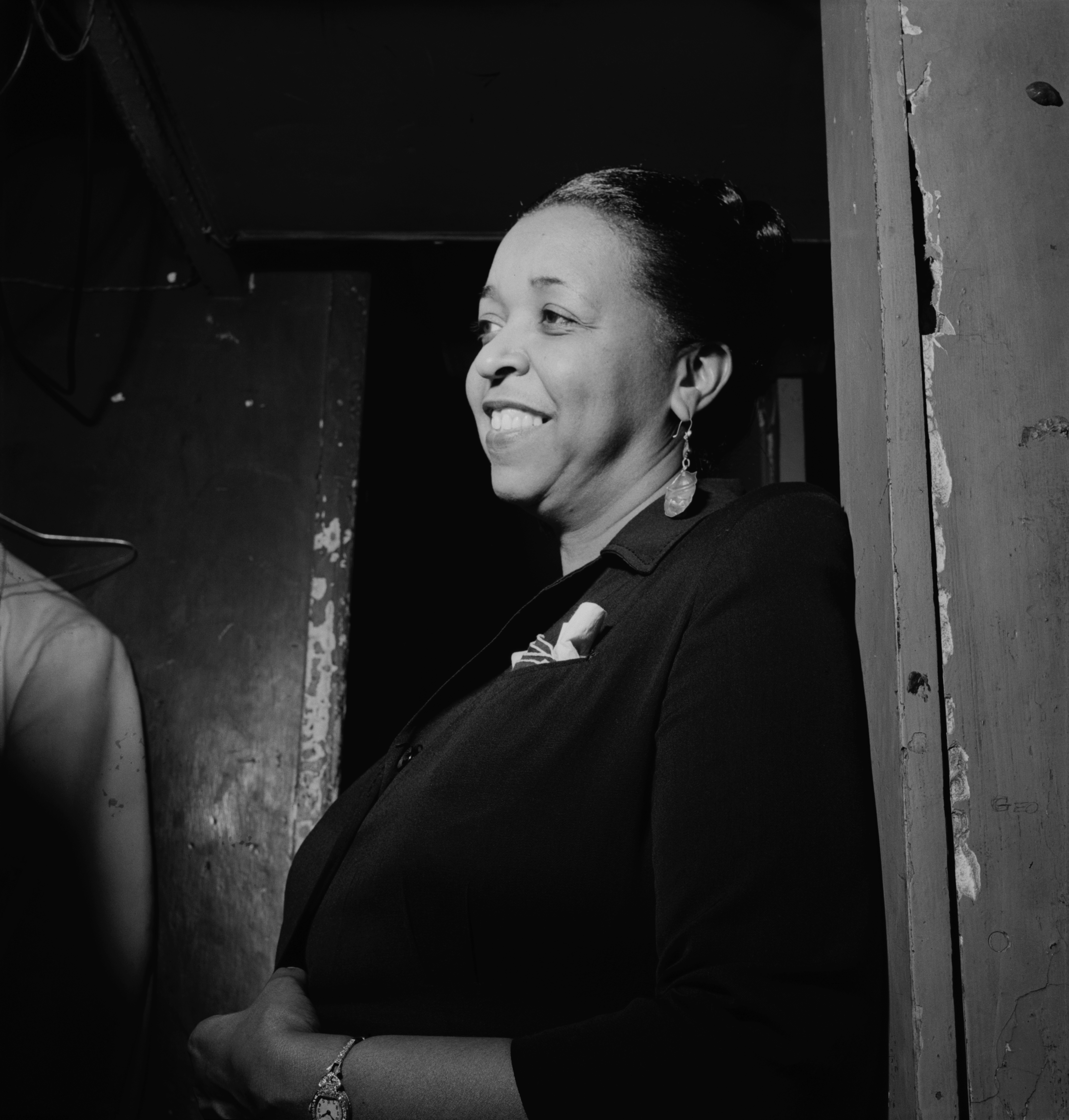|
Vermont Jazz Center
The Vermont Jazz Center is a school for jazz founded by guitarist Attila Zoller in Brattleboro, Vermont. Zoller started the center as the Attila Zoller Jazz Clinics in 1974. The center was renamed Vermont Jazz Center when he incorporated the business. The center runs an annual summer workshop, lessons, and a concert series. In 2016, the center purchased a Steinway D-274. In 2014, the center received an Acclaim Award from Chamber Music America Chamber Music America (CMA) is an American non-profit organization that provides small ensemble professionals with access to a variety of professional development, networking, and funding resources. CMA's regular initiatives include grants, awards, .... The center does not rely on grant funding for much of its programming, generating funding from donors and other income. References External links * Buildings and structures in Brattleboro, Vermont Jazz organizations Music schools in Vermont Schools in Windham County, Vermont ... [...More Info...] [...Related Items...] OR: [Wikipedia] [Google] [Baidu] |
Jazz
Jazz is a music genre that originated in the African-American communities of New Orleans, Louisiana in the late 19th and early 20th centuries, with its roots in blues and ragtime. Since the 1920s Jazz Age, it has been recognized as a major form of musical expression in traditional and popular music. Jazz is characterized by swing and blue notes, complex chords, call and response vocals, polyrhythms and improvisation. Jazz has roots in European harmony and African rhythmic rituals. As jazz spread around the world, it drew on national, regional, and local musical cultures, which gave rise to different styles. New Orleans jazz began in the early 1910s, combining earlier brass band marches, French quadrilles, biguine, ragtime and blues with collective polyphonic improvisation. But jazz did not begin as a single musical tradition in New Orleans or elsewhere. In the 1930s, arranged dance-oriented swing big bands, Kansas City jazz (a hard-swinging, bluesy, improvisationa ... [...More Info...] [...Related Items...] OR: [Wikipedia] [Google] [Baidu] |
Attila Zoller
Attila Cornelius Zoller (June 13, 1927 – January 25, 1998) was a Hungarian jazz guitarist. After World War II, he escaped the Soviet takeover of Hungary by fleeing through the mountains on foot into Austria. In 1959, he moved to the U.S., where he spent the rest of his life as a musician and teacher. Music career Zoller was born in Visegrád, Hungary. As a child, he learned violin from his father, a professional violinist. While in school, he played flugelhorn and bass before choosing guitar. He dropped out of school and played in jazz clubs in Budapest while Russia occupied Hungary. He fled Hungary in 1948 as the Soviet Union was establishing communist military rule. He escaped on foot, carrying his guitar through the mountains into Austria. He settled in Vienna, became an Austrian citizen, and started a jazz group with accordionist Vera Auer. In the mid-1950s, Zoller moved to Germany and played with German musicians Jutta Hipp and Hans Koller. When American jazz musician ... [...More Info...] [...Related Items...] OR: [Wikipedia] [Google] [Baidu] |
Brattleboro, Vermont
Brattleboro (), originally Brattleborough, is a town in Windham County, Vermont, United States. The most populous municipality abutting Vermont's eastern border with New Hampshire, which is the Connecticut River, Brattleboro is located about north of the Massachusetts state line, at the confluence of Vermont's West River and the Connecticut. As of the 2020 Census, the population was 12,184. There are satellite campuses of two colleges in Brattleboro: Community College of Vermont, and Vermont Technical College. Located in Brattleboro are the New England Center for Circus Arts, Vermont Jazz Center, and the Brattleboro Retreat, a mental health and addictions hospital. History Indigenous people This place was called "Wantastiquet" by the Abenaki people, which meant "lost river", "river that leads to the west", or "river of the lonely way". The Abenaki would transit this area annually between their summer hunting grounds near Swanton, and their winter settlement near Northfield, ... [...More Info...] [...Related Items...] OR: [Wikipedia] [Google] [Baidu] |
Steinway D-274
D-274 (or D) is the model name of a concert grand piano, the flagship of the Steinway & Sons piano company,Fine, Larry, ''The Piano Book: Buying & Owning a New or Used Piano'', Third Edition, Boston: Brookside Press 1994 first built in 1884. It is generally described as the first choice of most concert pianists. As of 2017 a D-274 finished in Polished Ebony has a MSRP of US$175,700. At long, wide and ,"Specifications and Features – Model D" , ''Steinway & Sons Official Website'', Accessed March 12, 2010. the D-274 is too large for most domestic situations. In concert hall settings, on the other hand, the D-274 is a major presence. An example would be the famous |
Chamber Music America
Chamber Music America (CMA) is an American non-profit organization that provides small ensemble professionals with access to a variety of professional development, networking, and funding resources. CMA's regular initiatives include grants, awards, and commissioning programs for ensembles and presenters, a national conference held annually in New York City, and the publication of ''Chamber Music'' magazine. CMA-members organizations and individuals include ensembles, musicians, concert presenters, artist managers, composers, educators, and others involved in the performance of classical, jazz, contemporary, and world music. In May 2012, Chamber Music America introduced National Chamber Music Month, a month-long initiative to raise awareness of small ensemble performance in the United States. History Chamber Music America was founded in 1977 by 34 musicians with the principal aims of uniting, serving, and advocating for small ensemble music professionals. After first initiating a ... [...More Info...] [...Related Items...] OR: [Wikipedia] [Google] [Baidu] |
Buildings And Structures In Brattleboro, Vermont
A building, or edifice, is an enclosed structure with a roof and walls standing more or less permanently in one place, such as a house or factory (although there's also portable buildings). Buildings come in a variety of sizes, shapes, and functions, and have been adapted throughout history for a wide number of factors, from building materials available, to weather conditions, land prices, ground conditions, specific uses, prestige, and aesthetic reasons. To better understand the term ''building'' compare the list of nonbuilding structures. Buildings serve several societal needs – primarily as shelter from weather, security, living space, privacy, to store belongings, and to comfortably live and work. A building as a shelter represents a physical division of the human habitat (a place of comfort and safety) and the ''outside'' (a place that at times may be harsh and harmful). Ever since the first cave paintings, buildings have also become objects or canvasses of much art ... [...More Info...] [...Related Items...] OR: [Wikipedia] [Google] [Baidu] |
Jazz Organizations
Jazz is a music genre that originated in the African-American communities of New Orleans, Louisiana in the late 19th and early 20th centuries, with its roots in blues and ragtime. Since the 1920s Jazz Age, it has been recognized as a major form of musical expression in traditional and popular music. Jazz is characterized by swing and blue notes, complex chords, call and response vocals, polyrhythms and improvisation. Jazz has roots in European harmony and African rhythmic rituals. As jazz spread around the world, it drew on national, regional, and local musical cultures, which gave rise to different styles. New Orleans jazz began in the early 1910s, combining earlier brass band marches, French quadrilles, biguine, ragtime and blues with collective polyphonic improvisation. But jazz did not begin as a single musical tradition in New Orleans or elsewhere. In the 1930s, arranged dance-oriented swing big bands, Kansas City jazz (a hard-swinging, bluesy, improvisational style ... [...More Info...] [...Related Items...] OR: [Wikipedia] [Google] [Baidu] |
Music Schools In Vermont
Music is generally defined as the art of arranging sound to create some combination of form, harmony, melody, rhythm or otherwise expressive content. Exact definitions of music vary considerably around the world, though it is an aspect of all human societies, a cultural universal. While scholars agree that music is defined by a few specific elements, there is no consensus on their precise definitions. The creation of music is commonly divided into musical composition, musical improvisation, and musical performance, though the topic itself extends into academic disciplines, criticism, philosophy, and psychology. Music may be performed or improvised using a vast range of instruments, including the human voice. In some musical contexts, a performance or composition may be to some extent improvised. For instance, in Hindustani classical music, the performer plays spontaneously while following a partially defined structure and using characteristic motifs. In modal jazz the p ... [...More Info...] [...Related Items...] OR: [Wikipedia] [Google] [Baidu] |






